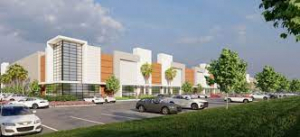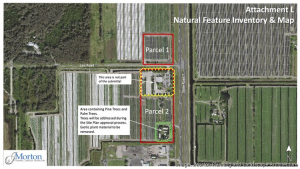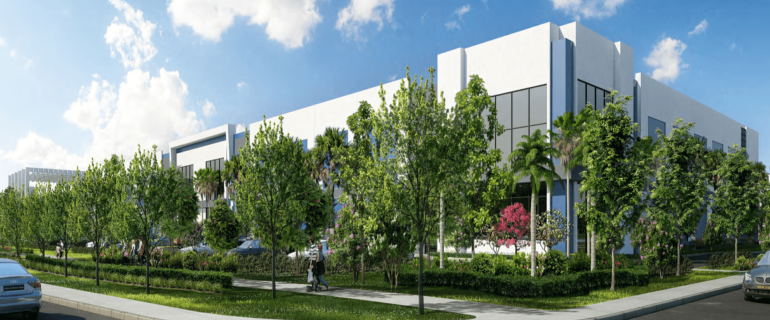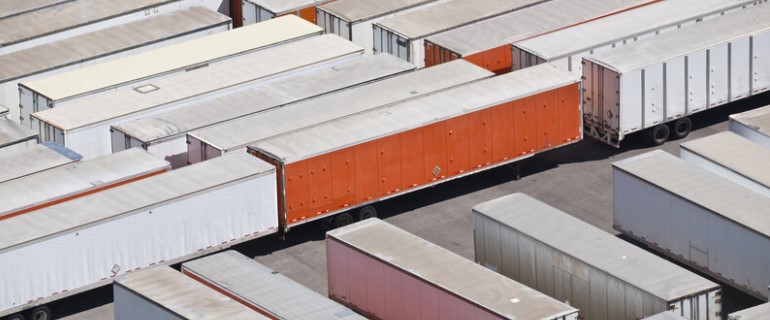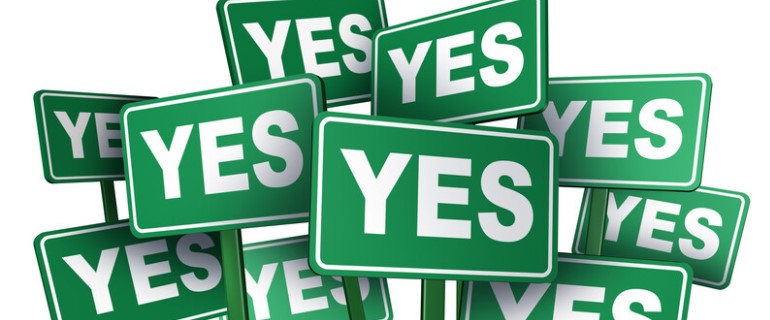Many families and business executives relocate to Palm Beach County for a number of reasons.
Low taxes and no personal state income tax, the balmy winter days, and often an escape from the harried lives they led “back North” have lured them South.
What they’ve also found is both a burgeoning and existing business community representing many of the core sectors leading the charge into the new economy. These include information technology and telecommunications; healthcare and health tech; manufacturing, warehousing and logistics; business services; aviation, aerospace and engineering; even equestrian and agribusiness across thousands of open acres to the west.
The growth of financial services, private equity and investment banking has been so concentrated and profound, with names like Citadel, BlackRock and Goldman Sachs coming to town, the Palm Beaches have been coined “Wall Street South.”
What each finds is a pro-business, relocation-friendly infrastructure keen to launch, lure or retain new businesses. That’s atop the county’s enduring allure as a vacationer’s and business traveler’s destination. Travel and tourism in 2022 welcomed a record 9.1 million visitors with a total estimated economic impact of $9.7 billion.
It all continues to grow, adding to a county with over 1.5 million residents. Some 70% of business recruitment projects handled by the Business Development Board of Palm Beach County are from out of state, atop the 460 corporate headquarters already here. Topping the list: Carrier, TBC Corp., Office Depot, SBA Communications and ADT.
“We’re officially ‘Wall Street South,’ with many financial firms relocating from New York to the Countycounty, and we only see that trend accelerating as new Class A office buildings open within the next few years,” said BDB President and CEO Kelly Smallridge, whose organization in the last fiscal year landed 33 corporate relocations and expansions, secured some 2,500 jobs, and drove $362.5 million in capital investment. In fact, over half of those deals were from out of state. “With an A-rated public school district, 115 private and faith-based schools and world-class higher-ed, executives are learning Palm Beach County has the best opportunities for business and family.”
Today, the county is part of a tricounty region of over 6 million that’s the largest economic engine in a state that is the nation’s fourth largest, with $1.4 trillion in gross state product in 2022 and would be the 16th-largest economy if it were a sovereign nation, notes the International Monetary Fund.
Think of the county as a collection of 39 interconnected municipalities each adding to the greater whole. Eastside destinations, such as Boca Raton, Lake Worth and Delray Beach, bring culture, dining and entertainment that attracts visitors from across the region and world. To the west, Wellington is the global epicenter of winter equestrian sports.
The names of those calling the county home have changed its very reputation. Once known only as a vibrant vacation destination, today it’s a hub of business and industry. Ken Griffin’s Citadel and other investment and private equity firms are only the most recent arrivals to “Wall Street South,” the banking, financial services and insurance (BFSI) sector centered in West Palm Beach.
As a medical device manufacturing hub, Johnson & Johnson subsidiary DePuy Synthes, Precision Esthetics, SurGenTec and Boca Raton’s own Modernizing Medicine are among the hundreds here that make life sciences among the county’s hottest sectors.
The county’s diversity makes it a prime market for health care providers. Regional names, such as Cleveland Clinic Florida, Nicklaus Children’s Health System and Baptist Health each have made inroads in the county. Baptist, for example, acquired several hospitals – —Boca Raton Regional Hospital and two Bethesda hospitals in Boynton Beach – — and continues to add new services. These include institutes for cancer, vascular care, women’s health, neuroscience and orthopedics. In all, the county has 23 hospitals, from county-run facilities and leading national health care providers.
The county is a hotbed for higher education. Beyond the UF / Scripps deal, Palm Beach State College recently announced TGL, a new tech-infused virtual golf program and prime-time league co-founded by Tiger Woods and Rory McIlroy, that will attract world-class golfers from around the world on its Palm Beach Gardens campus.
Palm Beach Atlantic University, which recently received Association to Advance Collegiate Schools of Business accreditation, unveiled a new state-of-the-art, six-story business complex planned for downtown West Palm Beach.
Florida Atlantic University (FAU), a top public university as ranked by U.S. News & World Report, is a significant contributor to the region’s economic growth and development. It awards more than 8,000 degrees annually, making it first in the nation for degree completion, as noted by the Association of Public & Land-grant Universities, and top 20 and top 40, respectively, for graduating African American students and Hispanic students with bachelor’s degrees.
FAU’s undergraduate entrepreneurship program is ranked 27th and the graduate program is ranked 42nd in the nation by The Princeton Review. FAU has received the Carnegie Community Engagement Classification, an elective designation that indicates institutional commitment to community engagement.
Another literally high-profile ranking: the school’s men’s basketball team last season had the best season in program history. It notched a school-record 35 wins, the nation’s best record (35-4), a perfect 17-0 record at home and a spot in the NCAA Tournament’s Final Four.
FAU’s various colleges – — of business, engineering, technology, life science and others – provide next-generation talent for the region’s growing workforce needs, often alongside career training organization, CareerSource Palm Beach County. As the region expands, employers are turning to such providers to prepare skilled workers.
Suffolk Construction, for example, partners with universities to build its pipeline, said Chris Kennedy, VP of preconstruction with the firm, whose list of work in the county includes The Bristol, Plumosa School of the Arts Expansion, The Strand, One City Plaza, and ongoing projects such as Palm Beach International Airport Concourse B Expansion, Royal Palm Residences in Boca Raton and the Ritz-Carlton Residences Palm Beach Gardens.
Among the talent it seeks are those skilled in construction management services, including such lines as its real estate capital investment, design, self-perform construction services, technology start-up investment and innovation research/development.
“We are seeing more seasoned construction professionals start to retire, so the need for younger talent is even more dire,” added Jay Fayette, Florida East Coast president for Suffolk.
To the west, the aviation, aerospace and engineering sector is home to over 1,600 companies, led by Pratt & Whitney, Lockheed Martin, Sikorsky, Aerojet Rocketdyne and Northrop Grumman. Interspersed where large-parcel land permits, is the burgeoning distribution and logistics sector for companies seeking proximity to a metro area of over six million stretching from the Palm Beaches through greater Fort Lauderdale to Miami-Dade County. Players epitomize household names, including Amazon, Aldi, FedEx, Tropical Shipping, Walgreens, Woodfield Distribution and Cheney Brothers.
Connections make the county and region desirable to logistics firms, as well as those millions of leisure and business travelers and local commuters. The downtown West Palm Beach and new Boca Raton stations for regional rail provider Brightline simplify travel between the three counties – — and soon, Orlando.
For longer travel, Palm Beach International Airport is part of a three- airport offering (along with Fort Lauderdale-Hollywood International Airport and Miami International Airport) offering thousands of flights throughout the region, nation, hemisphere and world.
With growth among its residents, businesses and trade, a high quality of life and that escape from harried lives back north make the county a thriving business and lifestyle destination.
Source: SFBJ
